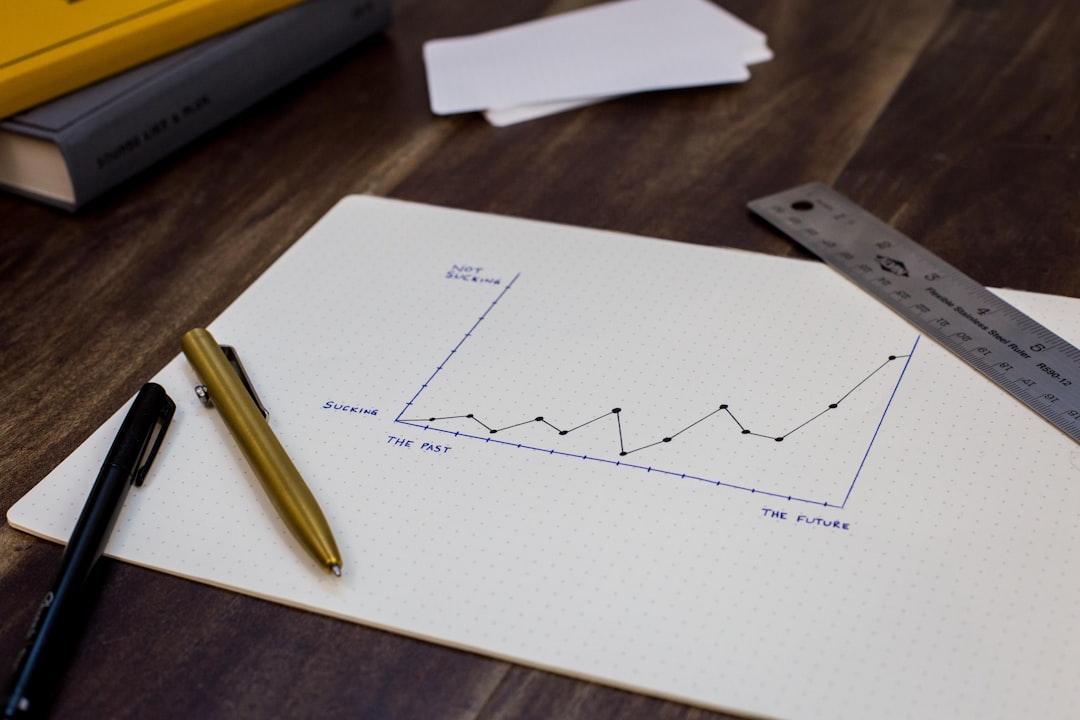When I first decided to use AI to build a sales funnel website, I was more than just skeptical—I was cautious. Could artificial intelligence really handle something as nuanced as guiding potential customers through a purchase journey? After experiencing the results firsthand, I can say with confidence: the outcomes were nothing short of insane.
In this article, I’ll walk you through what happened when I let AI take the wheel in building a complete sales funnel website—from landing page design to copy generation, SEO optimization, A/B testing, and even email automation. The results? Game-changing conversions, lower bounce rates, and skyrocketing ROI.
How I Used AI to Build My Sales Funnel
Before I get to the numbers, let me break down the steps I followed using a combination of AI tools and strategies:
- Website Builder: I used an AI-powered site generator to create the layout and design. The tool based its choices on my input keywords, niche, and some visual preferences.
- Copywriting: Sales copy, headlines, and product descriptions were generated using a GPT-based content tool. I provided minimal prompts and refined only about 10% of the results manually.
- Email Sequences: Follow-up emails and automated drip campaigns were built using AI copy tools that adapted tone and intent based on customer behavior data.
- Lead Scoring and Personalization: AI helped qualify leads in real-time and adjusted the content shown depending on the stage of the user’s journey.
- A/B Testing: Variations of landing pages were automatically tested, and AI decided which versions to keep based on performance metrics.

The Numbers Don’t Lie: Results After 60 Days
After two months of running this AI-powered sales funnel site, here’s what the data showed:
- Conversion Rate: Increased from 2.7% (previous manual funnel) to 7.4%.
- Bounce Rate: Dropped from 62% to 38%.
- Cost Per Acquisition (CPA): Lowered by 34% due to better optimization and personalized messaging.
- Email Open Rates: Jumped from 21% to 41%—AI-based subject lines performed significantly better.
- Average Order Value: Increased by 19%, primarily due to AI-driven upsell recommendations.
Each metric pointed to a dramatic improvement in engagement and buyer readiness. The most impressive part? I built the initial working funnel in less than 72 hours.
Lessons Learned from the Process
This wasn’t just a profit experiment. It was a learning experience that revealed both the strengths and limitations of letting AI run a critical business system. Here are a few essential takeaways:
- AI Works Best with Human Oversight: The content AI produced was good but not flawless. A human touch was necessary for emotional nuance and brand alignment.
- Speed Can Be a Powerful Asset: Time-to-market was drastically reduced. Campaign iterations that once took days or weeks now took mere hours.
- Testing Is Simpler and Smarter: A/B and even A/B/C tests are constantly running in the background without manual interference.

Would I Recommend Using AI to Build Your Funnel?
Absolutely—but with realistic expectations. AI can fast-track growth and automate repetitive tasks, but it’s not magic. You still need the strategic oversight to understand context, set clear goals, and implement ethical practices.
The biggest advantage is in how customizable and scalable the process becomes. Whether you’re working in ecommerce, SaaS, or services, AI empowers you to respond dynamically to user behavior, test at scale, and create tailored experiences like never before.
Final Verdict
Using AI to build my sales funnel website turned out to be one of the most efficient and profitable moves I’ve made in years. I slashed time, reduced costs, and boosted user engagement almost immediately.
We’re only scratching the surface of what AI can do in marketing automation and conversion optimization. If you’re not at least experimenting with AI in your funnel creation process, you’re already behind.
Trust the data. Test the tools. And let AI elevate your digital strategy.
